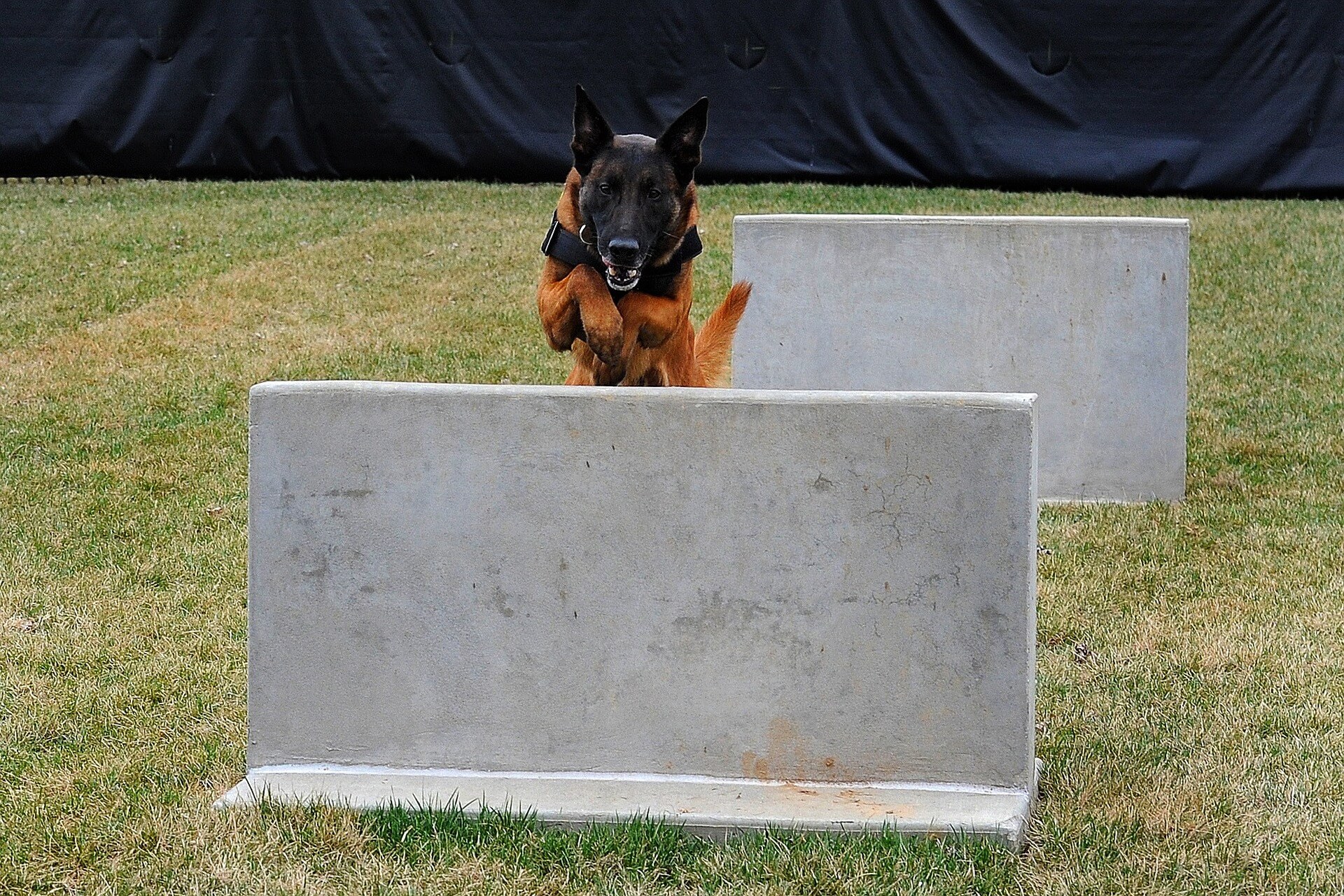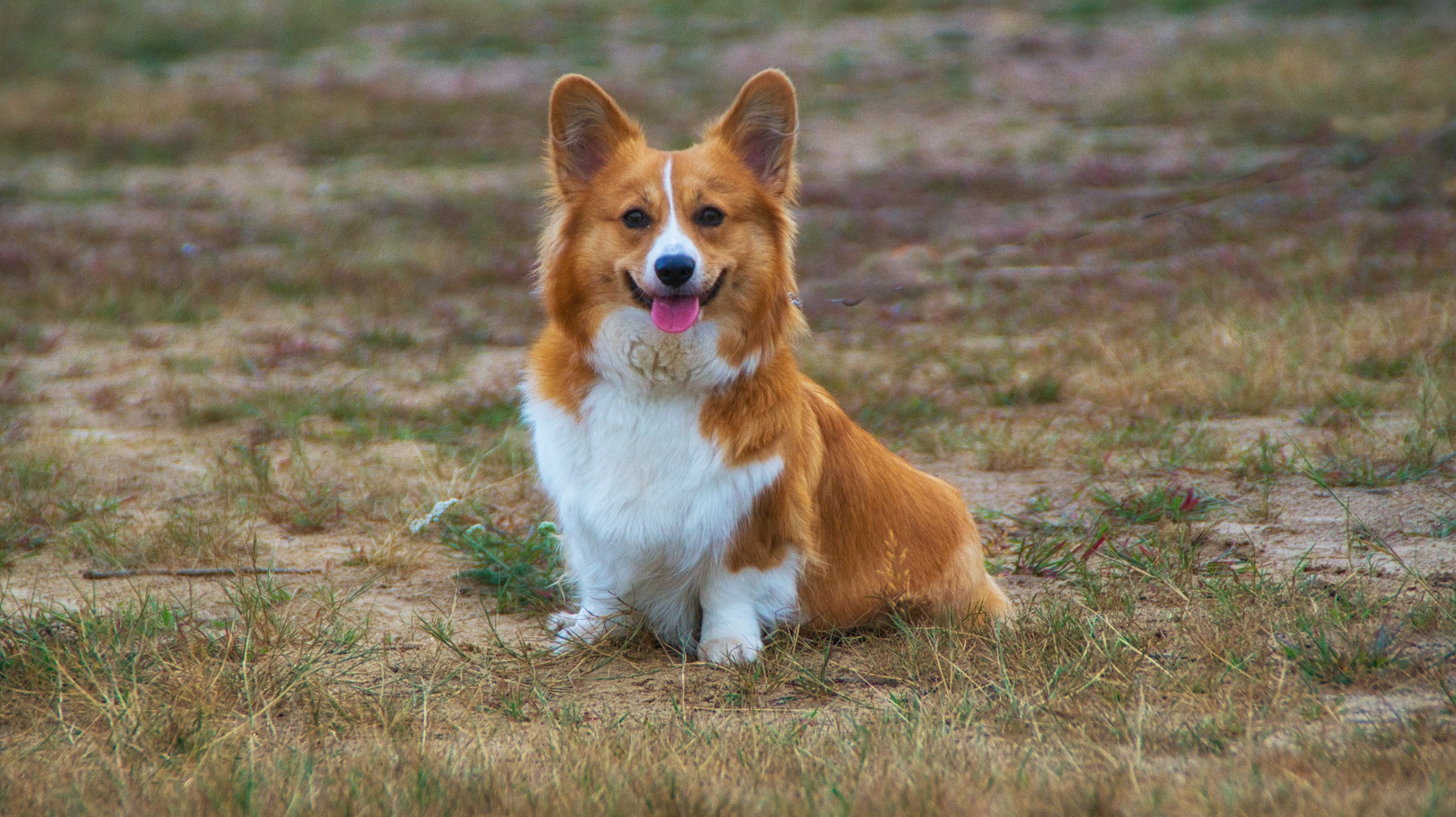Service dogs are the most adorable animals on this planet. It is amazing how these dogs can undertake tasks such as picking something that has fallen, save a child from drowning, help someone who has anxiety and even help people who experience seizures. However, the ability of a service dog to undertake these tasks is dependent on how well the service dog training school trained it. As such, it is essential to do your due diligence and find a dog training school that is well known and has a good track record too.
Below are four cool things you probably never knew about service dogs;
1. Service dog training is an investment:

Like any other service, you also need to pay for a service dog training course. The puppies are trained as young as two days old. And, the training might take quite some time before the dog is considered fit to undertake the tasks. However, the end goal should be what motivates you. Having a dog that can help you cope with life is rewarding.
2. All service dogs are unique:
There is no specification of which dog can be a service dog; in fact, if not aware, it can be hard to identify one. Arguably, all dogs can be trained to become service dogs. They come in different breeds, colors, shapes, and sizes; the difference of their abilities comes in the tasks that a given dog can perform. Of course, you cannot expect a Chihuahua to perform heavy tasks such as pulling a wheelchair, but, it is possible for it to help someone with a seizure or PTSD. Therefore, the service dog training depends on the type of dog as well as the type of disability the dog is purposed to help with.
3. Service dogs are not pets:
Often, when you see someone strolling with a dog, we consider them as a pet. But, service dogs are not necessarily pets but rather service animals that are trained to help people with disabilities. However, in as much as they aren’t pets, they still need tender love and care. Ensure that they are well fed, bathed, and even goof around with them from time and again. Also, do not forget to take them to the veterinary for regular checkups.
4. There is no specific dress code for service dogs:
You might be thinking that since service dogs are not pets, there would be a uniform to make them distinct. However, that is not the case. Yes, some vests are designed to identify a dog as a service dog, but it is not necessarily a requirement. As the dog handler, however, it is advisable to purchase a vest for the dog in case you often access dog prohibited areas. The attire is simply an indication that the dog is not a pet but rather an assistant.
Conclusion
The points, as mentioned above, have at least given you an insight into what service dogs are. Remember, these dogs also need to be cared for.
Read Also:






















